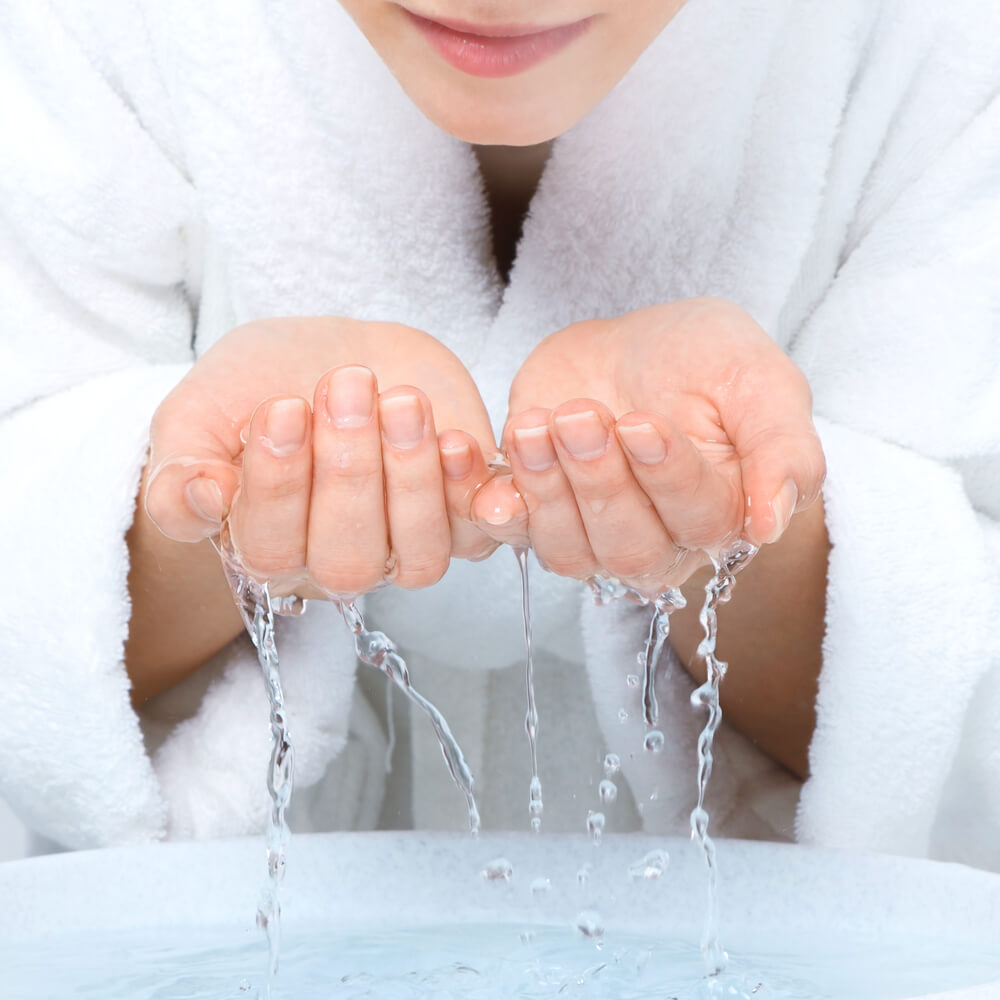PFAS or PFOS chemicals have been a concern to authorities and many people in the United States in the past few years. According to the Environmental Working Group estimates, PFAS chemicals are present in about 1,500 drinking water systems which nearly 110 million people depend on in the US. But for New Northern Jersey residents, PFAS chemicals are now a reality after homeowners received notifications on the high levels of PFOS in their drinking water. Due to the serious health problems associated with PFAS, then it is important to know the best way to get rid of them from your drinking water. This post explains how you can remove PFAS in water in the NJ region.
An Overview of PFAS Chemicals
PFAS is a family comprising many chemicals, but PFOS and PFOA are the most common. They are used in industries because of their superior properties, including repelling water, grease, and oil. Unfortunately, PFAS chemicals do not degrade thus remain in the environment for a long time. Additionally, exposure to these chemicals can cause adverse health effects in humans.
Methods of Removing PFAS in Water
1. Activated Carbon Treatment
This treatment method uses activated carbon due to its effective adsorbent properties to remove PFAS in water. Adsorption involves the buildup of a substance at the interface between liquid and solid phases.
2. Granular Activated Carbon (GAC)
GAC treatment uses activated carbon in a granular form where PFAS substances stick to the small carbon pieces as the water flows through it. It is effective when you remove particulates in the drinking water before passing it in a filter mode through the granules.
GAC works well in removing long-chain PFAS substances, but it is ineffective in adsorbing those with shorter chains.
3. Powdered Activated Carbon (PAC)
The activated carbon in PAC treatment is in powder form, and the PFAS chemicals stick to their surface. But due to the fine size, you cannot use a filter mode in this method. Instead, after adding the activated carbon to the water, you’ll need to add other particulates to remove it. This additional stage makes this method uneconomical and inefficient in removing PFAS.
4. Ion Exchange Treatment
Ion exchange treatment uses small bead or resins, which work like magnets that attract PFAS chemicals in the water as it passes through. The beads are made of highly porous material that is polymeric thus insoluble to water, acid, and base. Although this technique removes most PFAS chemicals, it is more expensive than GAC.
5. High-Pressure Membranes
You can use highs pressure membranes such as nanofiltration and reverse osmosis to remove PFAS in water in the NJ region.
The process involves pushing contaminated water through a membrane with tiny pores, which blocks PFAS chemicals from passing through. Reverse osmosis differs from nanofiltration in that its membranes are tighter thus have a higher degree of rejecting all salts. Its effectiveness is about 90% for a wide range of PFAS chemicals.
6. ONE™ Contaminant Reduction System
ONE™ Contaminant Reduction System is the treatment method that any homeowner should consider to remove PFAS in water in the NJ area. The system involves a two-stage process and includes a standard carbon block cartridge added into a ONE™ filter.
With a ONE™ filter alone, you can treat up to a maximum of 50,000 gallons of water before you need to replace it.
But you can double the certified capabilities of ONE™ filter such that you can treat 100,000 gallons before it needs replacement by combining it with WaterCare® models. It also incorporates exclusive design features that make it convenient to change cartridges without requiring any special tool.
Conclusion
The ONE™ Contaminant Reduction System is certified with 98.6% efficiency in reducing PFOA and lead. Due to its flexibility and high efficiency, it is a smart solution for homeowners seeking to remove PFOS in water in the NJ region. Contact us for a free estimate on the system today.






